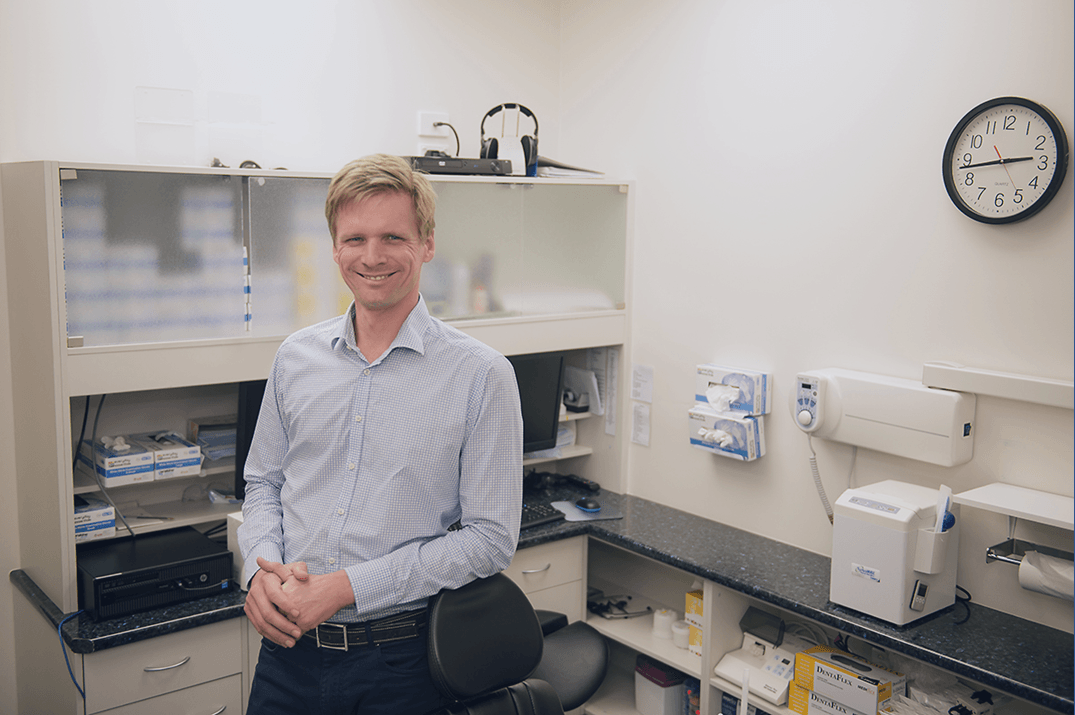Imagine ordering dinner for yourself. You choose something from an a la carte menu to suit how you are feeling that day.
Now imagine gathering 200 home cooks, commercial cooks, chefs, Michelin-starred chefs and trying to cater for ten thousand people.
My team organises catering all the time. We have people who hate vegetables. We have people who don't eat cows. We have people who don't eat pigs. We have people who don't eat any animal products at all. We have teetotallers. And we have a vast variety of cooks, chefs, and commercial catering to make it happen.
Treatment planning is like this
There are two sides of the balance: on one side you have planning and execution; on the other, you have the patient.
Much of treatment planning philosophy is like catering. You have to consider a large group of dentists catering. And a massive group of patients "eating" the treatment plan. Figuratively. Although I have had a few patients eat my treatment literally!
This is one of the key limitations of large studies. They look at averages on both sides of the equation. What you often end up with is just like catering. Expensive mediocrity.
I do not mean that most dentistry is mediocre. However, a buffet is usually mediocre compared to a la carte. Because it is not tailored, or finessed, or specifically prescribed.
And so treatment planned from population studies misses four key ingredients. Two of those are patient goals and patient factors. I'll ignore them for now.
The other two are dentist planning and execution
Our treatment plans can come undone in the planning stages for sure.
However, a treatment plan can also come undone in the execution stage. This is often then reverse engineered and blamed on the planning, but often this is false.
A bridge prepped too deep with too much taper, and combined with a leaking temporary such that we get pulp necrosis, then followed by a perforation and loss of the canine, is not necessarily a planning problem. It is easy, and indeed common for people to shake their head and go "that is why I do implants".
However, you can mess up an implant equally well. Drive it into the apex of the distally inclined canine root, and perforate the buccal plate, getting a periapical infection of both the canine and the implant, leading to the loss of both.
This again is not a procedure planning problem. We can't waggle our heads and go "that is why I do bridges". It is an execution problem.
Much treatment planning today seems to be based on the lowest possible quality of execution.
We do composite because veneers lead to pulp necrosis and tooth loss? Or is composite recommended because it's assumed that if we are in a rush we can cause less harm with it, even though it will be less able to meet some goals?
We do crown lengthening because deep margins lead to caries and perio. Or do we because the effort involved in deep crown margins means that it is common to end up with caries and perio?
We do an elective endo on bridges because the pulps die anyway. Or is it just that we need to slow down a prep more carefully so that the pulps are not exposed?
There are things I don't plan because I can't do them very well. I have little interest in oral pathology so refer everything out. Kids who cry are not in my realm of competence. Orthognathic ortho cases are not in my comfort or skill zone.
And don't blame a procedure type, or a treatment plan, without first determining if the whole thing was not brought undone by the execution. Whether in your own treatment, or others.






